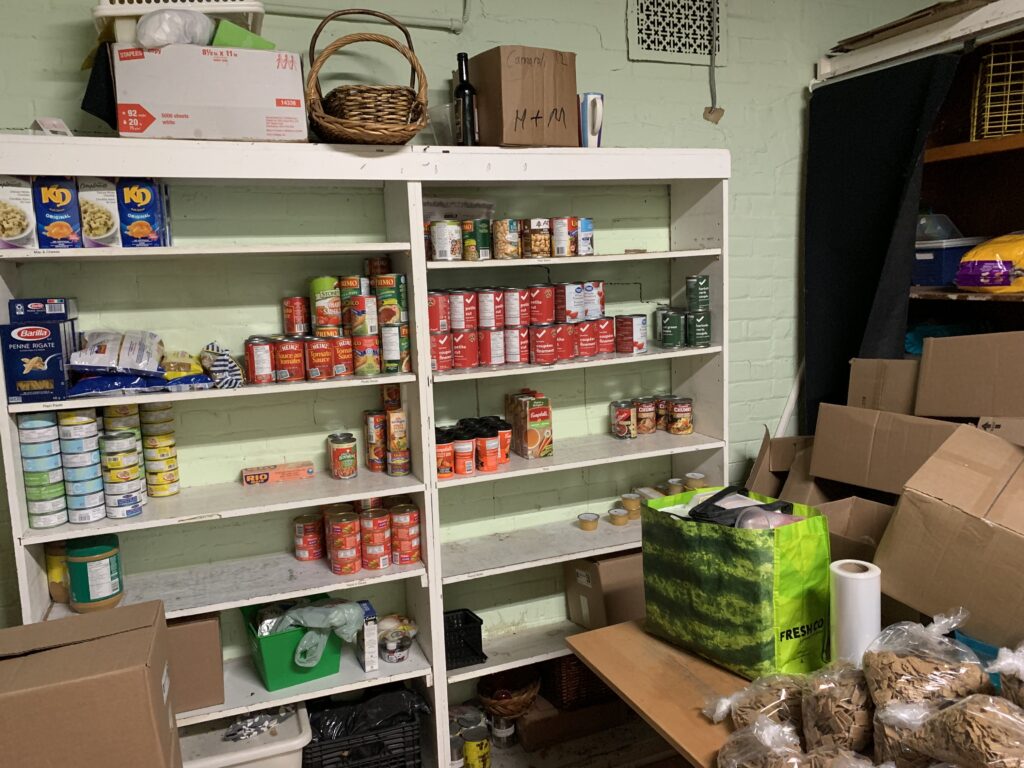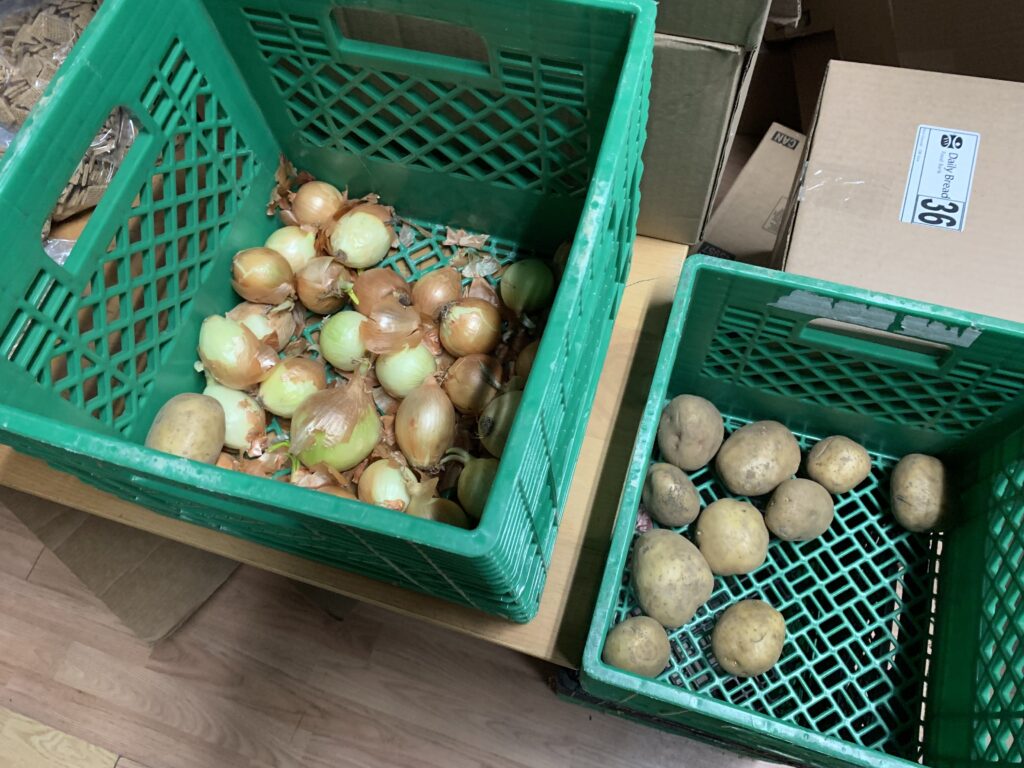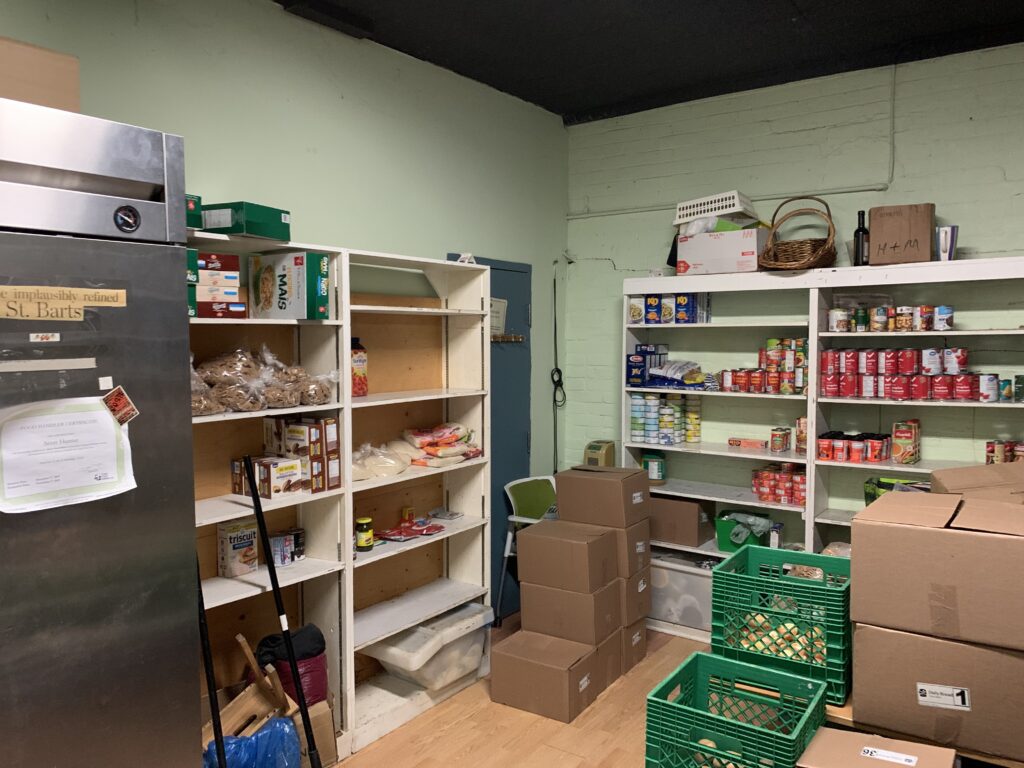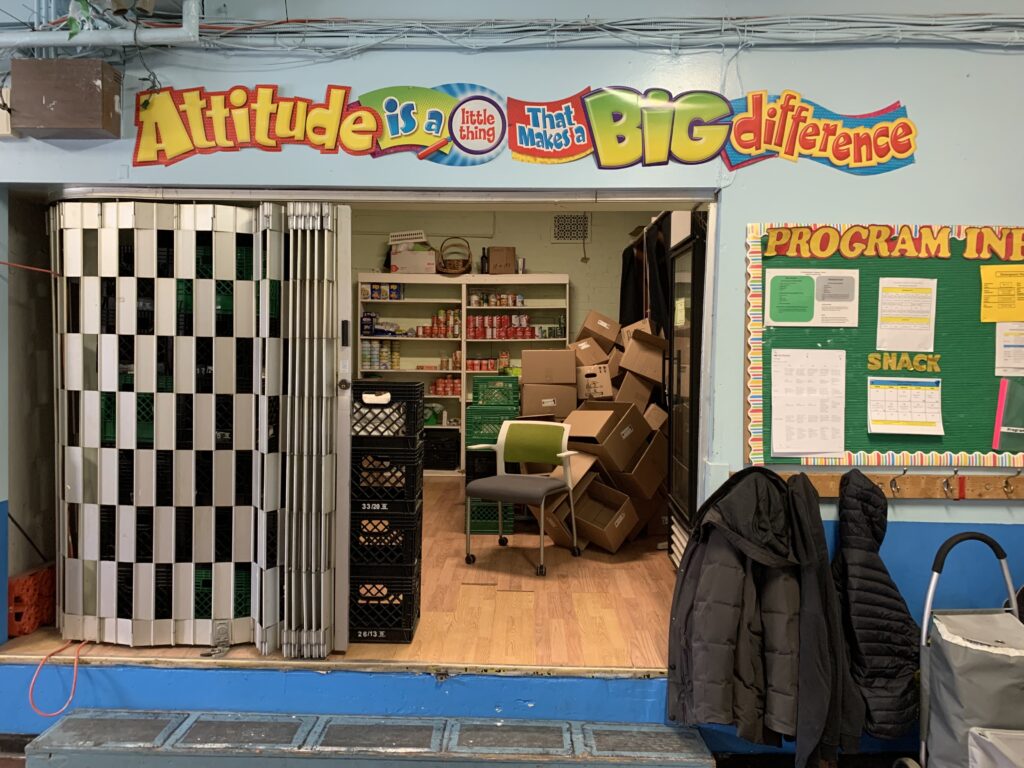
St. Bartholomew’s Anglican Church is one of many food banks located in Toronto’s downtown core that has seen a big increase in the number of people coming through its doors each week.
Scott Hunter has been working at this food bank for over 30 years. He said the number of people they have been receiving has increased by almost one-third.
“We’ll usually get 45-50 (people) in an hour and a half. It used to be 30-35 (people),” he says.

Hunter says he believes the reason for this uptick in food bank visits is that the pandemic is causing people to lose income.
“There was a lady in last week that said it was her first time ever going to a food bank because she needs to,” he says.
“It’s mostly just people around this area that lost their jobs… a lot of people have gone, but even more have come to take their place.”
Scott hunter
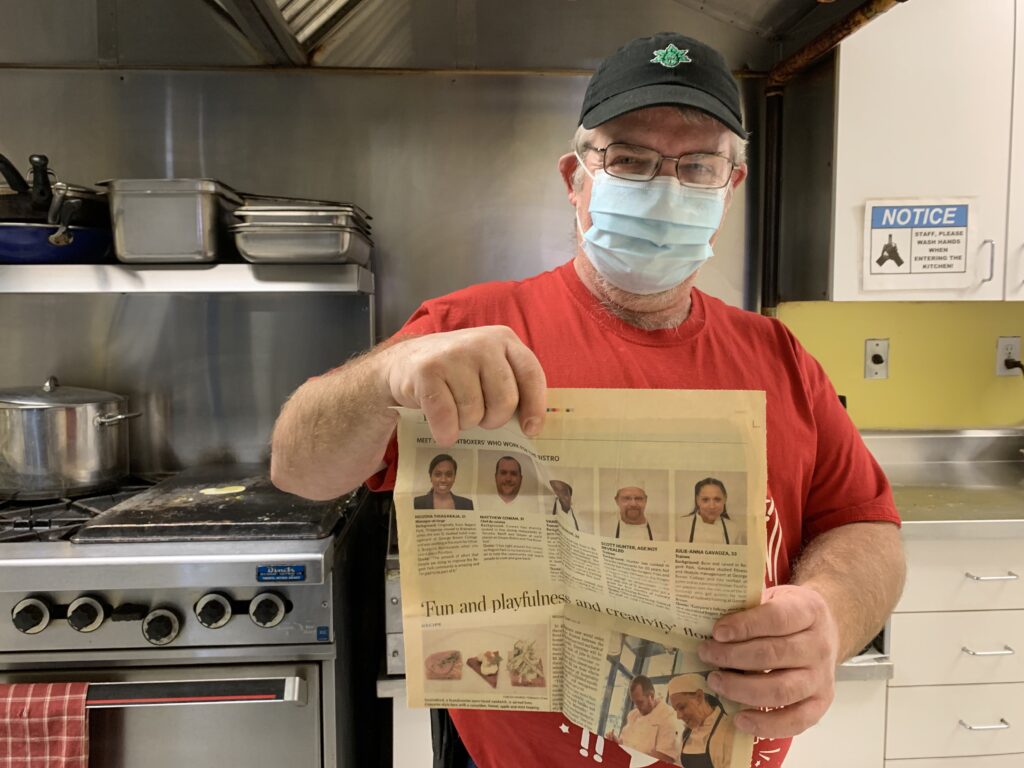
A recent report by the Daily Bread Food Bank, a non-profit organization that supplies local food banks, revealed there were 1.45 million visits to city food banks in 2021, making it the highest number ever recorded in Toronto. The increase in food prices coupled with the financial strain many people have faced due to COVID-19 are just some of the reasons people have become more reliant on these services.
Marsha Haga is a frequent client at St. Bartholomew’s on Mondays and Thursdays when the food bank operates. Haga has been accessing the food banks around Toronto for many years. She says she will visit many different ones throughout the week just to avoid the grocery stores, even though it takes up a lot of her time.
“There’s no way I can afford Loblaws or Shoppers Drug Mart or anything like that,” she says. “It’s not like I come to see my friends here…I just come to get my food.”
In a recent report done by the Agri-Food Analytics Lab, it was estimated food prices in 2022 are set to increase by five to seven per cent across the board, which translates to an additional $966 per family (one man, one woman, one boy, and one girl). This increase comes after an already expensive 2021 year, where food prices increased three to five per cent.
Matias Margulis, assistant professor at the School of Public Policy and Global Affairs at the University of British Columbia, is a co-author of the 2022 food report. He stated that food prices are assumed to increase every year, but the important part is how much and how quickly this increase is.
According to the Global Food Security Index, Canada’s food affordability compared to the rest of the world dropped from 18th place in 2019, to 24th in 2021.
“It comes down to how much individuals spend on food as part of their overall income. So in Canada…we’re a little bit higher for rich countries…so [if] food prices go up by 5,10,15 per cent, that’s really significant for household income,” says Margulis.
Bob Buckland, who runs St. Bartholomew’s food bank, has seen these issues first-hand with the people he serves on a weekly basis.
“Some of it is COVID. Some of it is grocery pricing. A lot of our clients are on Ontario Works [or] Ontario Disability Support Program. By the time they pay their rent or what not, there really just isn’t enough left over. And so they’re taking advantage of meal programs…so they can come here to get food,” he says.

Buckland, who has been a part of the food bank program for 35 years, says about 550 kilograms of food is distributed out of their doors each week. The food they receive is provided by the Daily Bread food bank, so Buckland said the rising food prices have not impacted their ability to distribute food. However, it does impact the surrounding community.
Margulis believes wages not growing at the same pace as inflation in Canada is a significant reason people must seek out other options besides typical grocery stores.
“Usually how we think about inflation is we only notice inflation when wages are frozen or declining.”
Matias margulis
Canada’s Food Price report states that while median income grew by about 6.6 per cent from 2015 to 2019, the national average food price increased by 16.3 per cent.
“This headline figure is for the average family, but if you take those figures down to lower income families and people, they are going to feel it more. So there’s always this issue of wages and the distributional effects amongst different income categories,” says Margulis.
According to the report, although wages are set to rise through 2022, inflation is likely to increase faster. Further, segments of the population like women, Indigenous populations, people of colour and other vulnerable groups will be disproportionately impacted by these changes.
“There’s a big focus to come up with the average Canadian family, and see what that looks like,” says Margulis. “It’s worth it to think about how those impacts are felt amongst different communities. In Toronto, if you walk a few blocks west or a few blocks north, people who live in these communities will be affected very, very differently. So I always think it’s really important to think about those aspects,” he says.
Multimedia journalist, documentary producer and editor in chief at On The Record for the Winter 2022 term.

